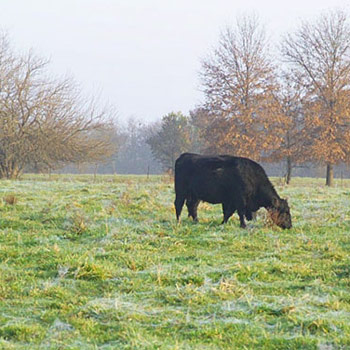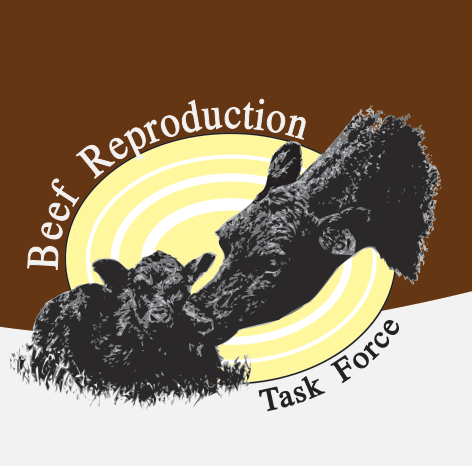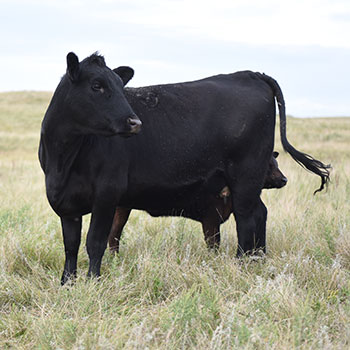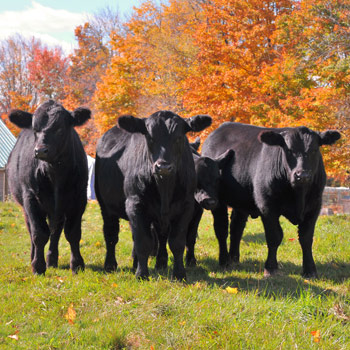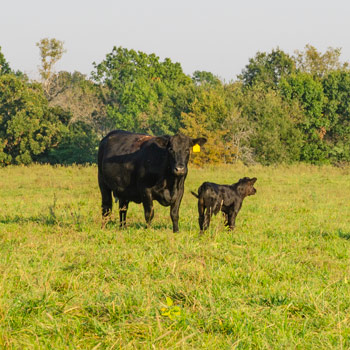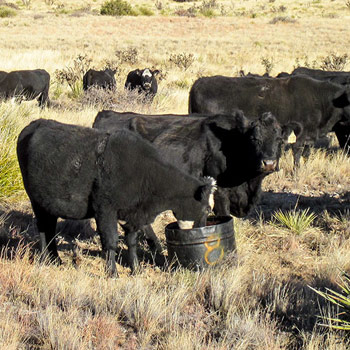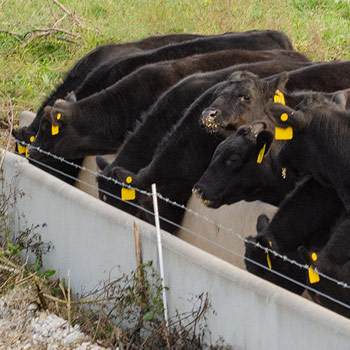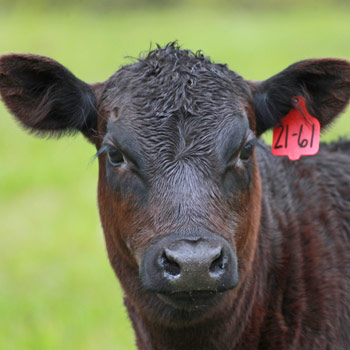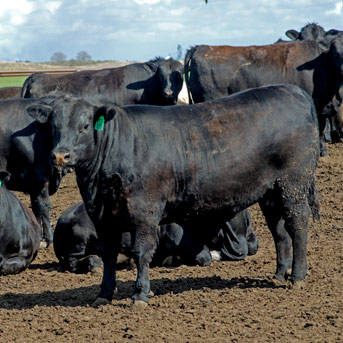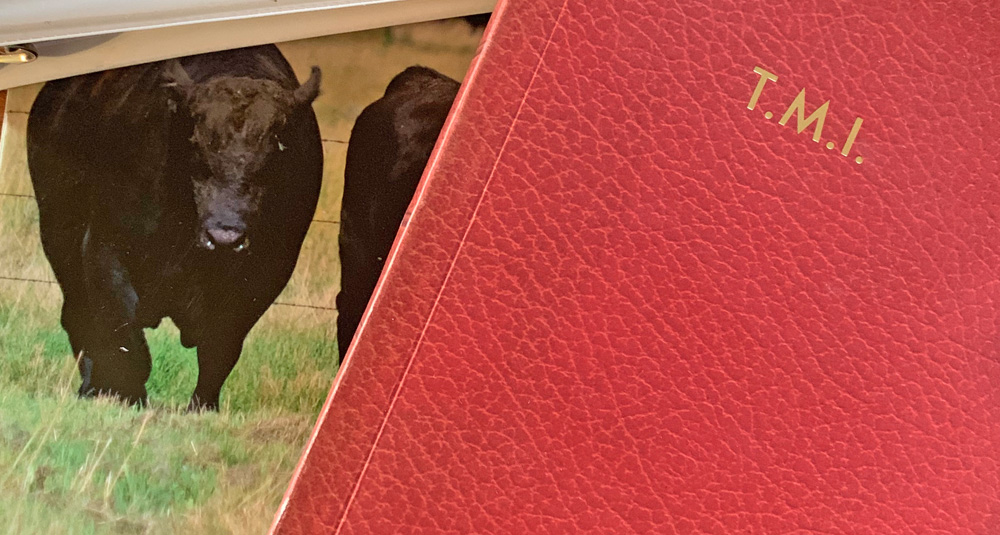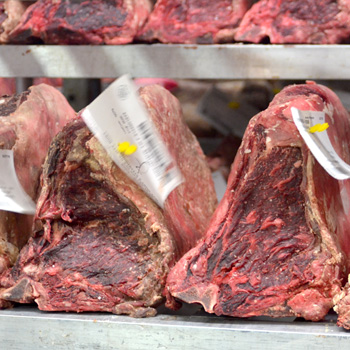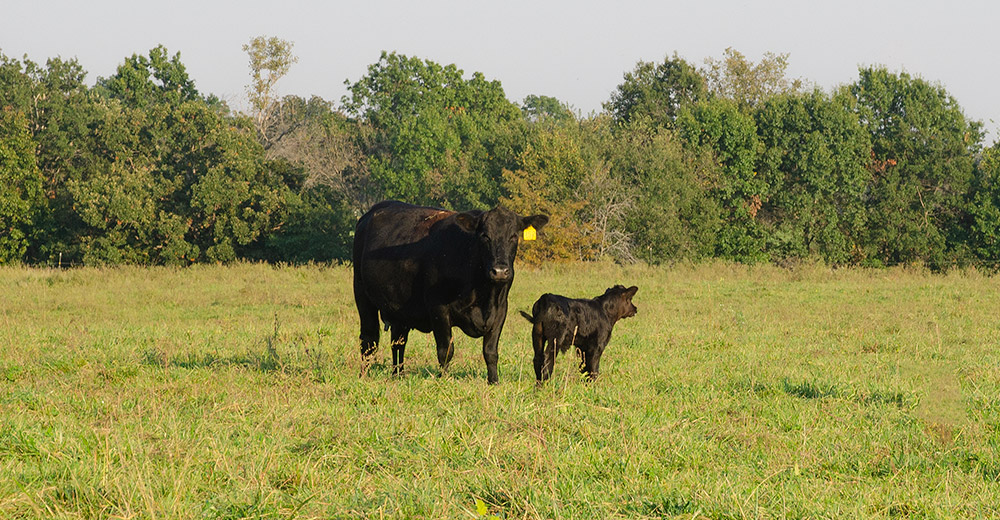
Commercial Synch
Estrous synchronization offers more pros than cons for beef producers.
Currently, only 8% of U.S. beef operations synchronize estrus. For producers, this probably comes as no surprise. It’s simply not practical to round up cattle from pastures and run them through the chute multiple times.
However, estrous synchronization doesn’t have to be complicated; there are simple, inexpensive approaches that can reap real benefits for beef producers.
“The advantages of estrous synchronization by far outweigh the disadvantages,” says Richard Linhart, veterinarian and theriogenologist with Boehringer Ingelheim.
Health and economic benefits A synchronization program can compress the time and labor needed to breed cows and heifers to just a few days, which, in turn, shortens the calving season.
“Calves born earlier in the season tend to be healthier,” Linhart explains. “They’re less likely to be exposed to infectious agents that may accumulate later in the calving season, which may reduce the incidence of diseases such as scours.”
Calving early in the season enables producers to wean older, heavier animals.
“Date of birth is the number one factor that determines weaning weight,” adds Linhart. “If a calf born on the first day of calving season gains 2 pounds a day, it will be 120 pounds heavier than a calf born on the last day of a 60-day calving season.”
Narrowing the calving window also helps create a more uniform calf crop. “Cattle bring the most money when they all look the same at the time they’re sold,” he suggests. For buyers, that means they can streamline how they feed and manage cattle.
Synchronization hormones The number and types of hormones used for estrous synchronization will vary, depending on the operation’s goals. More intensive operations using artificial insemination (AI) to accelerate genetic change may use more hormones with the help of genetics companies selling semen and/or embryo transfer (ET) services. According to Linhart, most estrous synchronization hormones fall into three categories:
- 1) Progesterone is a naturally occurring hormone that maintains pregnancy or prevents cattle from coming into heat. It can be administered as natural progesterone in the form of an intravaginal delivery device, or as synthetic progestin available in the form of a feed additive. Both of these options keep the animal from coming into heat until they are removed.
- 2) Prostaglandin F2 alpha (PGF2α) is a hormone normally produced by the uterus to help the female come into heat, ovulate and start a new cycle. When PGF2α is administered during the proper days of the cycle, standing estrus will usually occur about two to four days later.
- 3) Gonadotropin-releasing hormone, or GnRH, causes the release of other hormones that in turn, lead to ovulation. Once this hormone is given, ovulation typically occurs within 30 hours.
“This enables producers to perform artificial insemination with little or no heat detection,” Linhart points out.
A single-injection protocol One possible protocol that offers commercial cattle operations numerous advantages with minimal investment requires only a single dose of PGF2α and natural service, according to Linhart.
In this single-dose PGF2α protocol:
- Cattle are exposed to a bull for five days.
- On the fifth day, all females are injected with PGF2α to help them return to heat. PGF2α will not cause the females that were bred during the first five days to return to heat.
- Females should continue to be exposed to the bulls for the remainder of the breeding season.
With one trip through the chute, producers can get the bulk of their calves born in the first 20 days of the calving season.
“Closely complying to this protocol is critical,” Linhart concludes, “Work with a veterinarian to create a program fit for your herd.”
Editor’s note: This article is from broadhead on behalf of Boehringer Ingelheim. Photo by Shauna Hermel.
